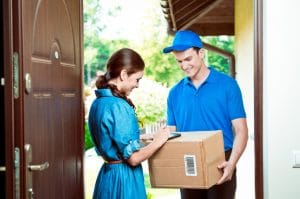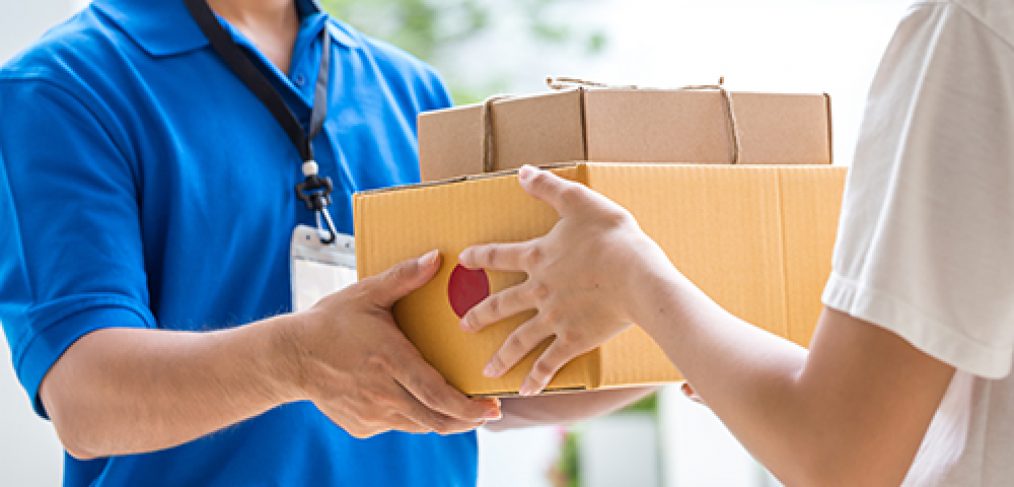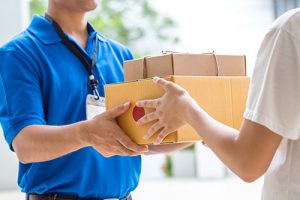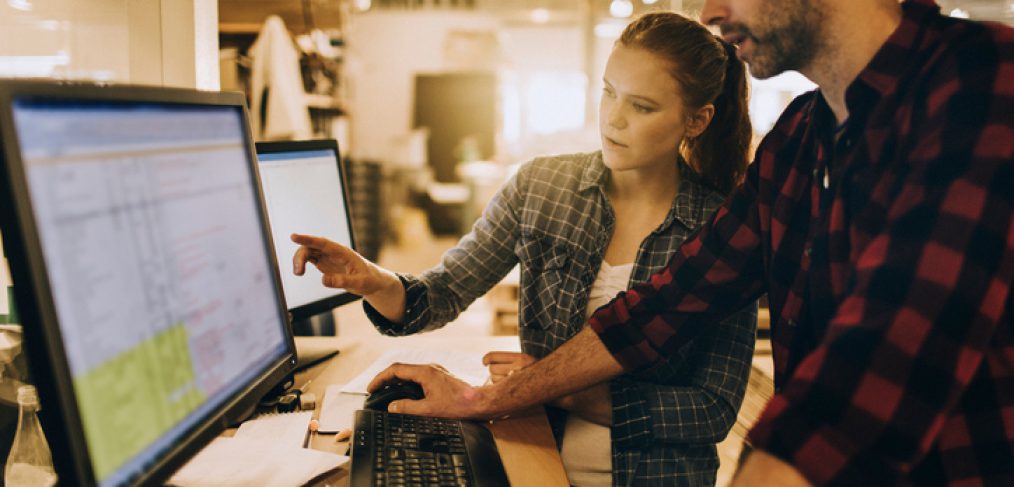
last mile delivery
As the e-commerce market continues to expand, it’s becoming more important than ever for businesses to provide superior shopping (and logistics) experiences in order to win customers over. Many businesses are doing this by offering shipping options like 2-day delivery and same day delivery, as well as last mile delivery.
Last mile delivery is a huge opportunity for both e-commerce companies and logistics businesses. In fact, last mile delivery is believed to be a $3 billion market for transportation companies, as customers continue to demand this service as part of their overall e-commerce experience.
Investing in last mile delivery is a no-brainer for your business. But before you do, it’s important to know how it works and what the current and future business landscape for it looks like. Keep reading to learn facts and trends about last mile delivery so you can seamlessly incorporate it into your business.
What is Last Mile Delivery Exactly?
Last mile delivery is the process of moving goods from a transportation hub to the final delivery location, which is usually the customer’s home. The purpose of this delivery option is to deliver items to a customer in the fastest and most effective way possible.
A lot of companies are investing in it because it serves as a key differentiator for retailers, many of whom are selling products that are similar or identical to that of their competitors. It’s a logistic method many companies are using, from shopping marketplaces like Amazon to food and clothing companies.
Setting up a last mile delivery system can be tricky and time-consuming, but it’s incredibly important to do. Why would a customer buy your product when they can buy the same one from a different business and get it delivered the same day?
Last Mile Delivery: Facts and Trends
Now that you know what last mile delivery is, here are some facts and trends to keep in mind before building out your own system.
1. Customers Expect Immediate Delivery for Certain Products
Today, there’s an increased demand for 2-day and same day delivery. While customers may be willing to wait a few days for large parcel items like furniture, they’re unwilling to wait that amount of time for smaller goods.
This poses a challenge when it comes to planning logistics, as items need to know be fulfilled in only a matter of minutes. By the time the order you receive the order, you have to immediately process it and have it ready for delivery. This trend is greatly affecting pharmaceuticals and food delivery services where customers have an immediate need and want their product right away.
2. Customers Want to Know Where There Package Is
Now more than ever, customers want to know where their packages are, and when they’ll get to their address. This is an important technology for last mile delivery because it helps keep track of when a package is late or get lost. Many businesses and logistics companies are creating websites for tracking packages or letting customers keep track of the delivery with their GPS and smartphone apps.
Local last-mile delivery organizations may not have the technology to create this technology, but they should try to invest it in nonetheless. Customers want this kind of technology and will shop with businesses who can help them keep track of their packages.
3. Companies are Creating City Warehouses
As more customers expect and demand same-day instant delivery, companies are investing in delivery hubs. This trend involves companies building and using urban warehouses so they can easily access and deliver products to their customers.
Investing in these warehouses is essential for reducing transit time for deliveries, and makes it possible for companies like Amazon to offer 2-day delivery. Most retailers do not yet offer this delivery option, so those that can have a big advantage in the marketplace.
4. Companies are Using Delivery to Upsell Customers
Thanks to data, companies can now predict what other products a customer might want, even if they haven’t ordered it. Companies are now loading non-committed inventory into their truck, which allows couriers the chance to convince customers to buy it during last-mile delivery.
This technology lets companies like Amazon keep items on the truck that customers may want, like items they’ve previously ordered and may need again, such as toilet paper or household essentials. This lets companies make even more money in the long run.
5. Customers are Willing to Pay More for Better Delivery Options
Most shoppers have a habit of abandoning their shopping cart due to unexpected shipping costs. But 25% of shoppers say they were to pay significant shipping costs for same-day delivery or features like in-home delivery or being able to schedule their delivery date and time at checkout.
This number will grow even higher as millennials become the largest share of the market. Thanks to companies like Amazon, customers are used to 2-day or same day shipping, and they’re willing to pay more for that delivery benefit.
6. Delivery Technology is Only Becoming More Advanced
While this trend isn’t in full-force yet, companies have already started investing in advanced delivery technology. The most expensive part of delivery is labor like drivers, so it makes sense that companies are investing in technology like self-driving cars, drones, and robots.
Companies like Yelp are already testing out robotic delivery, which is a service that could be offered 24 hours a day. The only downside is that it requires a human agent to accompany them in case something goes wrong. But it’s believed that as technology continues to rapidly evolve that there will be less of a need for human delivery agents.
Final Thoughts
As e-commerce and shopping behaviors evolve, companies and their logistics need to grow to keep up with consumer demands. By investing in last-mile delivery, you can provide a superior shipping and delivery experience for your customers and convince them to shop with you over your competitors. As a business, you should be actively working to perfect your last mile to keep costumers satisfied and coming back for more.
Have you started building out your last mile network? Or are you looking to partner with a last mile courier to assist you? Let us know in the comments!




 Technology in our society advances quickly and constantly. Generally, it’s to improve our daily lives and we’ve seen incredible advancements. Just remember, that the cell phone hasn’t been around as long as we think — and yet, how could we live without it?
Technology in our society advances quickly and constantly. Generally, it’s to improve our daily lives and we’ve seen incredible advancements. Just remember, that the cell phone hasn’t been around as long as we think — and yet, how could we live without it?